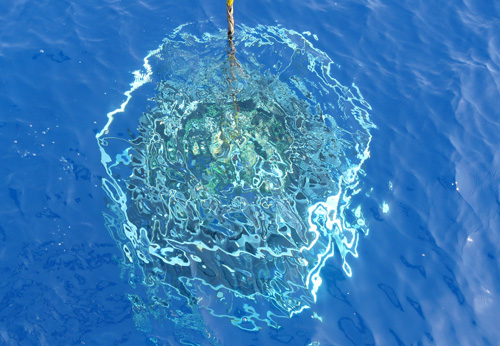GEOTRACES: Changing the way we explore ocean chemistry
Read about the experiences and lessons learned in the planning and implementation of GEOTRACES international programme in a recent paper published in Oceanography.
Anderson and co-authors present an extraordinary synthesis of the GEOTRACES programme showing the benefits of an international collaborative research effort such as GEOTRACES. It is hoped that this paper provides useful guidance to scientists wishing to enter into the adventure of organizing coordinated research programmes.

Picture: Courtesy of Micha Rijkenberg (NIOZ).
Reference:
Anderson, R. F. ., Mawji, E., Cutter, G. A. ., Measures, C. I., & Jeandel, C. (2014). GEOTRACES: Changing the Way We Explore Ocean Chemistry. Oceanography, 27(1), 50–61. doi: 10.5670/oceanog.2014.07. Click here to view the paper.
